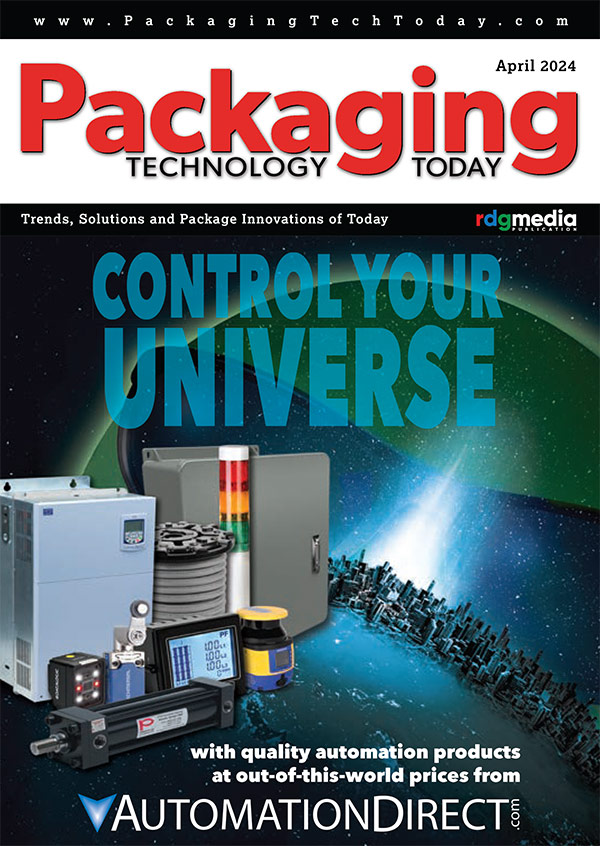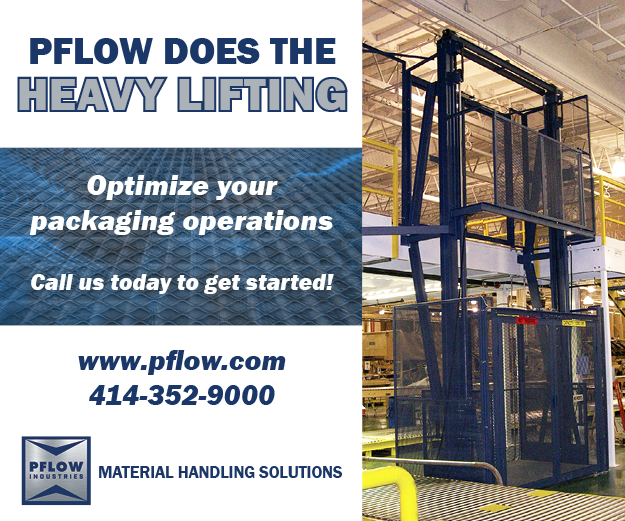Questions & Answers: Why Demand is Growing for Bucket Elevators
Continuous Bucket Elevators Deliver Fast, Gentle Material Handling
By Owen Branigan, Account Manager at Ryson International, Inc.
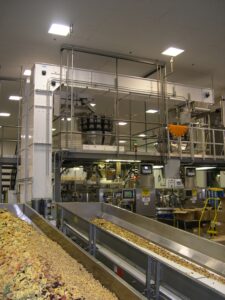
Bucket elevators provide smooth and reliable transportation of bulk materials. Image Courtesy of Ryson Bucket Elevators
Material handling is a pivotal aspect of packaging operations, and the market for bucket elevators is flourishing. In fact, industry analysts anticipate a compound annual growth rate of 5.7% for these conveyance systems through 2026.
Fast, gentle and precise material handling are key characteristics driving up demand for continuous bucket elevators, and a compact footprint, energy efficiency, durability and low maintenance costs make these systems appealing. The systems can be configured to transport products for just about any industry, and the primary growth markets are cement, food and beverage, pharmaceuticals, power and energy, paper and pulp and chemicals.
Bucket elevators combine vertical and horizontal product conveyance, and can be customized with bucket sizes to move between 300 and 1,800 cubic feet of product hourly. A few important questions to consider when selecting a bucket elevator are: feet every hour.
What are the most important capabilities to consider when selecting a bucket elevator?
Throughput, efficiency of product transport, and available footprint for the solution are all important considerations when selecting a bucket elevator.
How do bucket elevators impact the efficiency of packaging lines?
Bucket elevators can bring product to a different elevation safely and efficiently. Product is often manufactured and packaged in different parts of the plant, so bridging the gap between the two processes is often overlooked and quite challenging in an effort to not disrupt other operations. Systems can be configured vertically and horizontally to work within the existing footprint and operating environment.
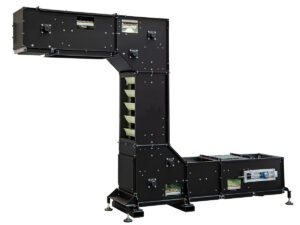
Ryson’s pendulum bucket elevator is a continuous design, and is com- pletely enclosed to prevent spillage and product contamination. Image Courtesy of Ryson Bucket Elevators
What information is important to identify the right type of bucket elevator?
In respect to the bucket elevator, some of our most common “pain points” come from the characteristics of the product being handled. Product temperature, density, and even moisture levels play critical roles in the design of the bucket elevator and its ability to meet the needs of the customer. It is important to ensure the ability of product to “nest” properly in the bucket, to effectively leave the bucket at the discharge point, and we customize the bucket elevator to address unique customer needs and space constraints.
What’s the difference between a chain bucket elevator and a belt bucket elevator?
A chain bucket elevator is also known as a pendulum bucket elevator. Ryson’s design has a metal shaft on the two short sides of the bucket. They are not removable. It is a part of the bucket. This shaft sits inside of the chain roller. This allows gravity to always keep the buckets properly positioned no matter where they are in the bucket elevator. This method allows the end user to have more control over the product being transported.
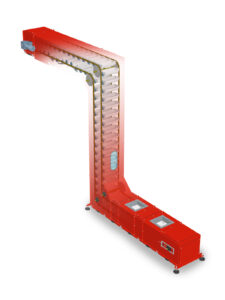
Throughput, efficiency of product transport, and available footprint for the solution are all important considerations when selecting a bucket elevator. Image Courtesy of Ryson Bucket Elevators
What’s the difference between centrifugal and continuous bucket elevators?
A centrifugal elevator operates at high speeds and uses gravity and centrifugal force to essentially catapult material out of the buckets. These systems move product fast, but lack precision and overall process management controls.
A continuous bucket elevator is similar to a vertical conveyor belt, with buckets that pick up and transport products to a specific endpoint where they are discharged. These systems provide gentle and precise material handling, and can be integrated into various existing production processes. While they aren’t as fast as centrifugal bucket elevators, they do move product quickly – and can transport between 300 and 1800 cubic feet of material per hour.
What are important considerations when choosing a bucket elevator?
Ryson’s pendulum bucket elevator is a continuous design, and is completely enclosed to prevent spillage and product contamination. Overlapping buckets are also efficient, and eliminate the need for the end user to index/pulse the product as it enters our infeed stations. This makes it possible to easily incorporate the bucket elevator into an existing product line, and reduces modifications to existing manufacturing processes.
About the Author
Owen Branigan began his career as a systems engineer, supporting integration of bucket elevators into existing production lines. See the bucket elevator in action on YouTube at https://youtu.be/rwCGPajHHJM, and learn more at www.ryson.com. Ryson International is part of Royal Apollo Group, a global leader in horizontal and vertical conveyance systems.




